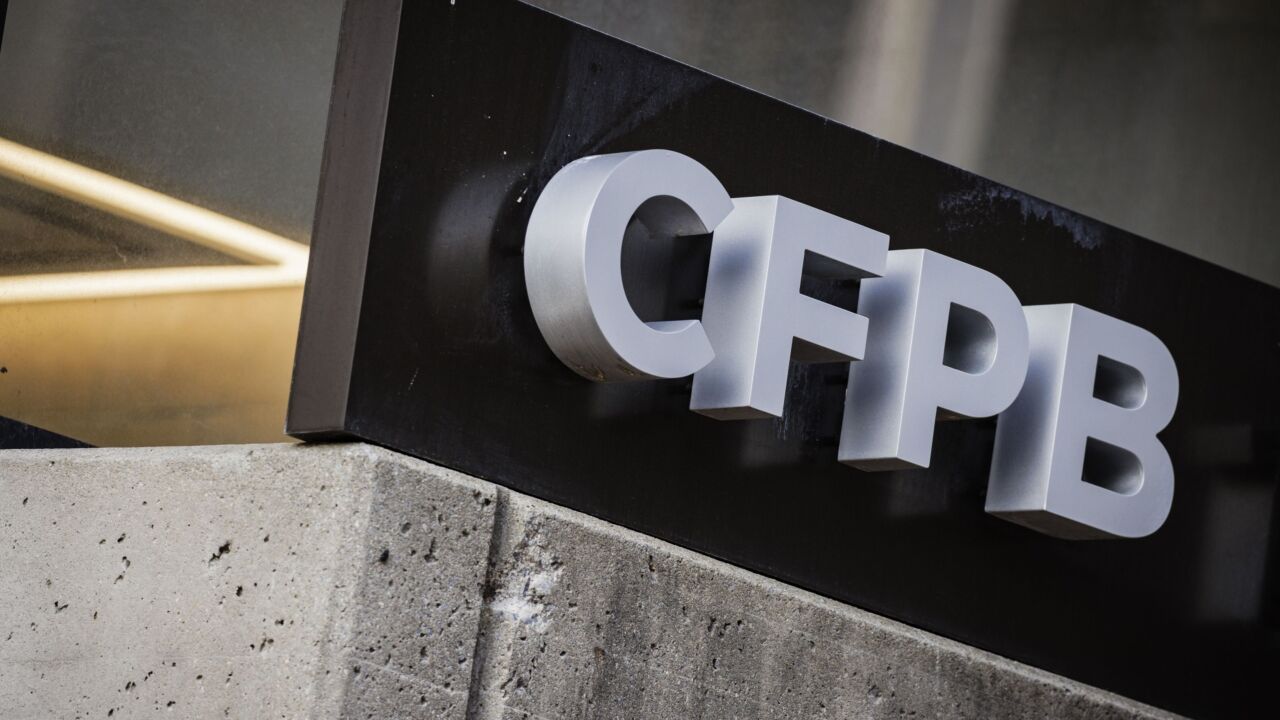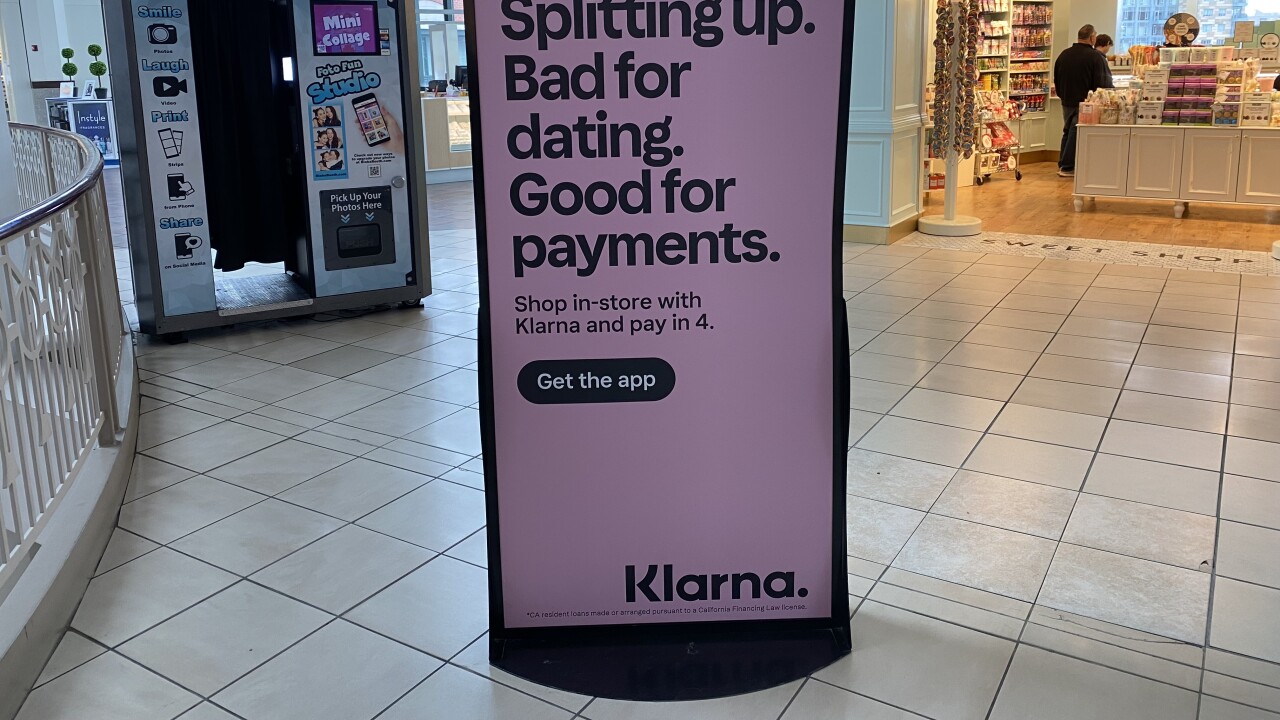Until now, Apple Inc. has had no difficulty using the clout of its large installed handset base to force banks to pay fees to accept Apple Pay and swallow the frustrating effects of the tech giant’s walled-garden approach to its ecosystem.
Apple’s decision to stop disclosing its mobile device sales — along with reports that the company's newest iPhone

Apple has long used its brand status and clout to set dictatorial terms and limit access to the hardware features that enable mobile payments. Banks and credit unions have smoldered at the per-transaction Apple Pay fees they’re required to pay, reportedly about 10 to 15 basis points, but endure it as a cost of doing business in a market Apple controls.
Without the numbers to prove the iPhone's market power, it may be harder for Apple to force third parties to buckle to its policies, observers say.
But given the timing, Apple’s pivot to a services model that depends less on sheer hardware sales may not hurt it, said Richard Crone, a principal with Crone Consulting LLC.
“Apple already has a huge installed base that will stick with it, and with the progress it’s already made, Apple has become the ultimate vault for payment credentials,” Crone said. “Though Apple claims to be an advocate for privacy, they know who every user is in a very strong base.”
Significantly, in its recent quarterly earnings, Apple also reported surging Apple Pay use, with volume tripling from a year earlier.
Apple benefits from support from more national merchants like CVS, which previously blocked Apple Pay. But what’s powering more growth is the spread of in-app purchases for online, mobile and in-store purchases, according to Crone.
Apple Pay Cash, introduced last December, also is giving Apple Pay a tailwind as more users discover the convenience of spending funds stored with the app, said Crone. About 4 million consumers have used Apple Pay Cash since its launch, Crone estimates.
“Apple Pay Cash is driving a lot of new users of Apple Pay, and with more merchants support it’s quietly been gathering a lot of momentum,” Crone said.
Apple Pay at the point of sale is less impressive, as the tap-to-pay experience has failed to wow consumers.
“Mobile payments have been slow to take off, more so than anyone expected, though there’s some traction for in-app mobile payments,” said Ali Raza, a longtime payments analyst who is president of Atlanta-based Blue Leviathan.
Over time, Raza expects consumers will move away from using physical cards altogether, but the shift will be slow because there’s no clear value proposition yet for making the change to mobile.
“Tripling volume for Apple Pay is good, but it’s coming off of a really low base to begin with,” Raza said.





